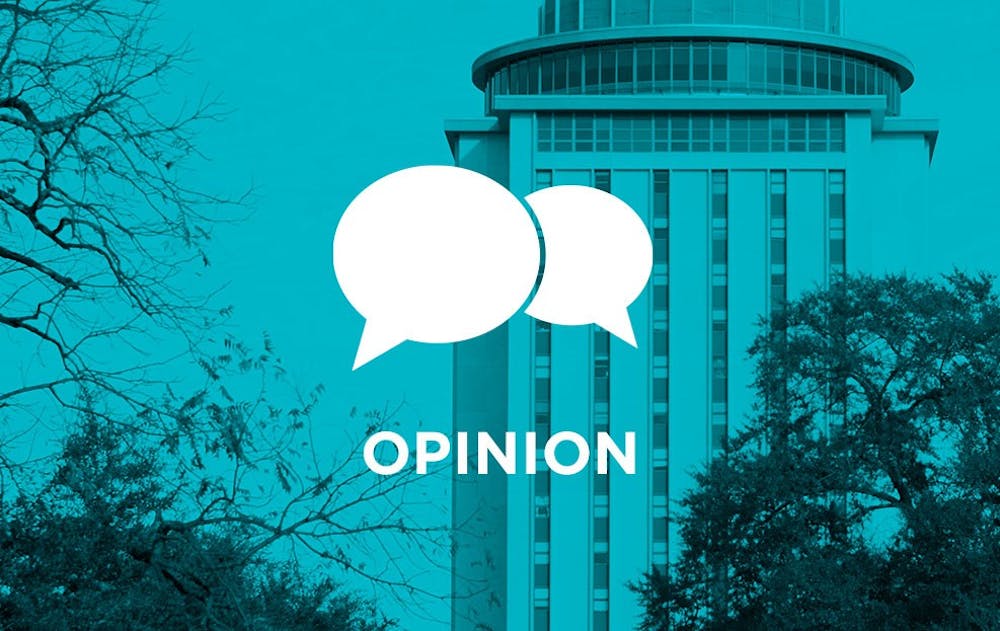There are two types of segregation: de jure and de facto. De jure segregation is an enforced separation of groups in a society by law, while de facto segregation refers to an unspoken division of groups based largely on the common ideologies and cultural similarities of the respective groups — as it is at USC.
The infamous case of Brown v. Board of Education officially marked the end of de jure segregation in the United States' school system in 1954. The decision of this case deemed “separate but equal” educational facilities to be unconstitutional, as facilities for minorities were far from “equal” to those of their white counterparts. From that point forward, white students and students of color were legally allowed to attend the same institutions.
Although de jure segregation ended over 60 years ago, de facto segregation is something that still persists to this day. The moment you step foot on USC’s campus (particularly Russell House), you are likely to see white students hanging with white students, black students hanging with black students, Asian students hanging with Asian students, etc. This is natural human behavior — studies have shown the phenomenon of subconscious racial bias begins during infant years. People inherently feel more comfortable around and tend to surround themselves with people that look like them.
Last year, I had two white roommates. They would often burst into the room and loudly recall the happenings of their day. This made me realize that all of the names, events and organizations they mentioned were completely foreign to me. At the same time, I knew they would have no idea what I was talking about if I brought up my experiences. It was as if we were living in the same space but attending two totally different schools.
The racial divide at USC is, for the most part, swept under the rug and generally accepted as the norm. Moving past just a social standpoint, many extracurricular programs and organizations (clubs, fraternities/sororities, etc.) are dominated by mainly one race. While USC is billed as a diverse university, intermingling between races is rare to see despite what the pictures on the website and brochures might show.
Because of this, upcoming students might be compelled to follow suit and stick only with members of their own race. However, I strongly suggest expanding your horizons and making an attempt to interact with people whose cultures are different from your own. By choosing to only interact with students who look like you, it’s easy to miss out on a connection with someone who could help you advance your future career or even making a new genuine friend.
I also suggest specifically to minorities to not only get involved with racially oriented organizations, but organizations where you believe more diversity is needed (i.e. Student Government). Visibility is important and joining these organizations allows the minority presence to be seen and acknowledged.
At a school where the population is 77% white, the minority voice is often either silenced or ignored. The recent election of Bob Calsen — in spite of objections from a large portion of the minority population — is proof of this. While it might be intimidating to join orgs or committees with little to no minority representation, securing the, albeit few, seats that are open at the table is the first step in getting our voices heard.
Obviously, we won’t all be able to hold hands and sing "Kumbaya." That’s never how things have been, and they will probably never be that way. Nonetheless, I believe we all can take baby steps towards making USC feel like one big university instead of a bunch of different subsections.

